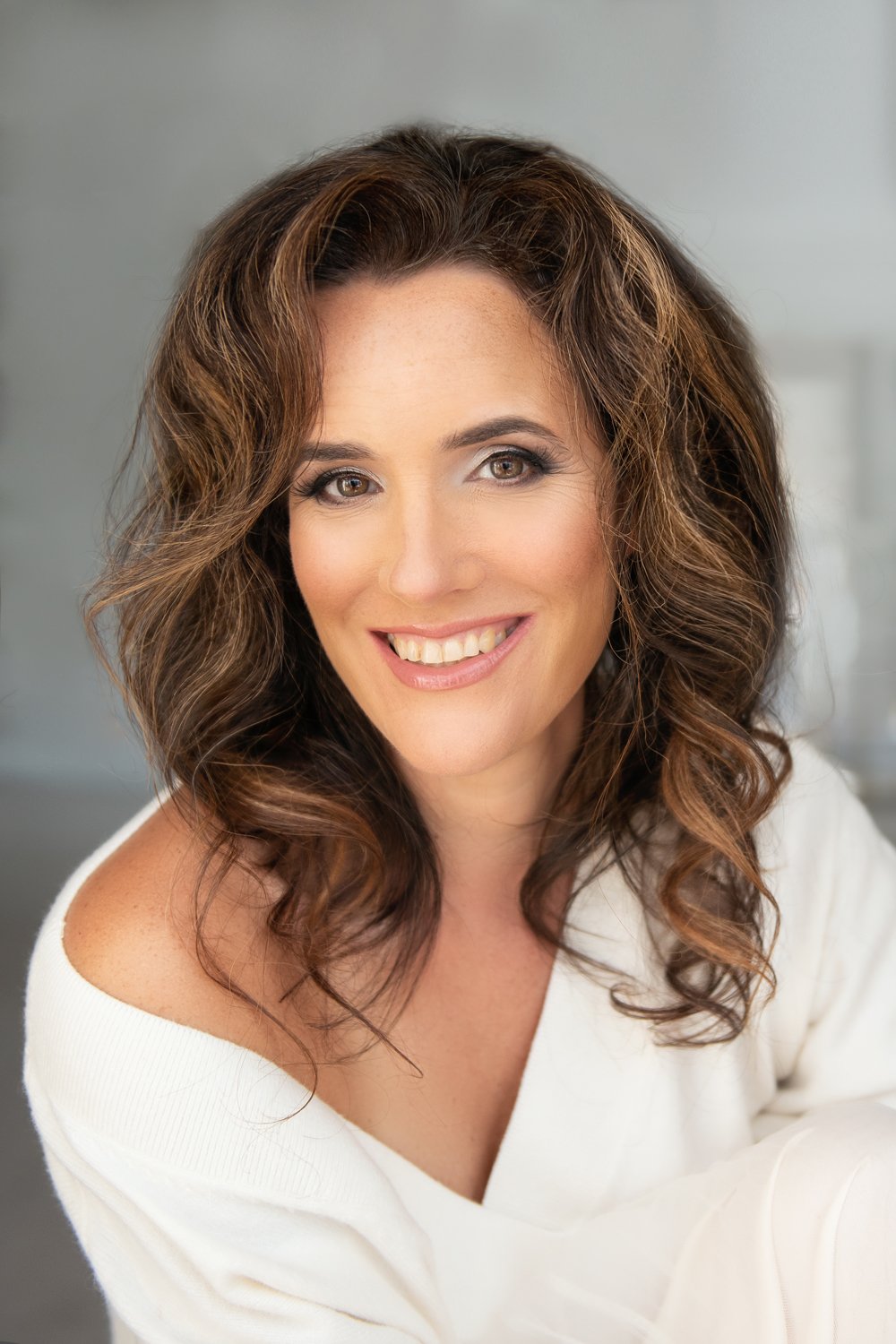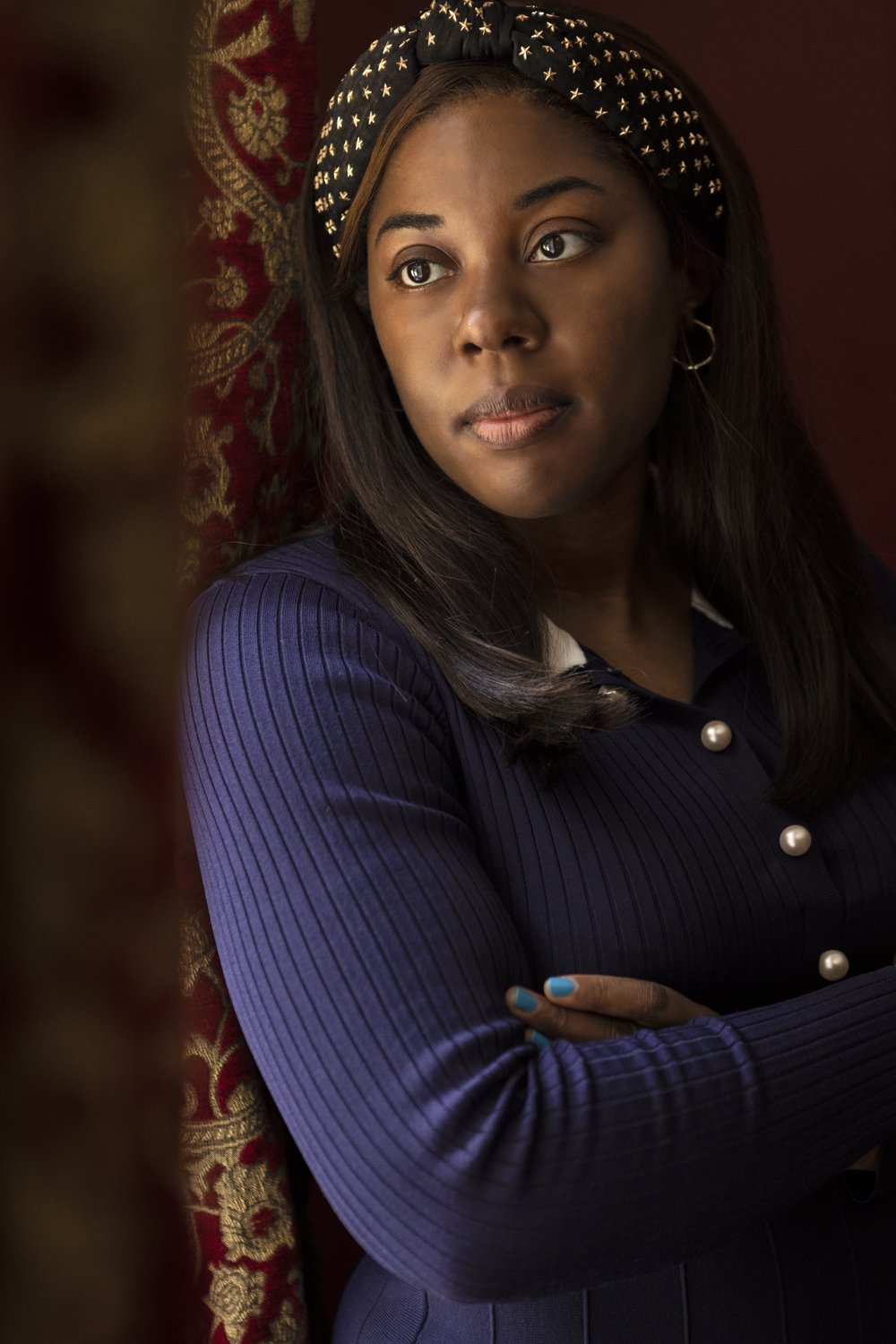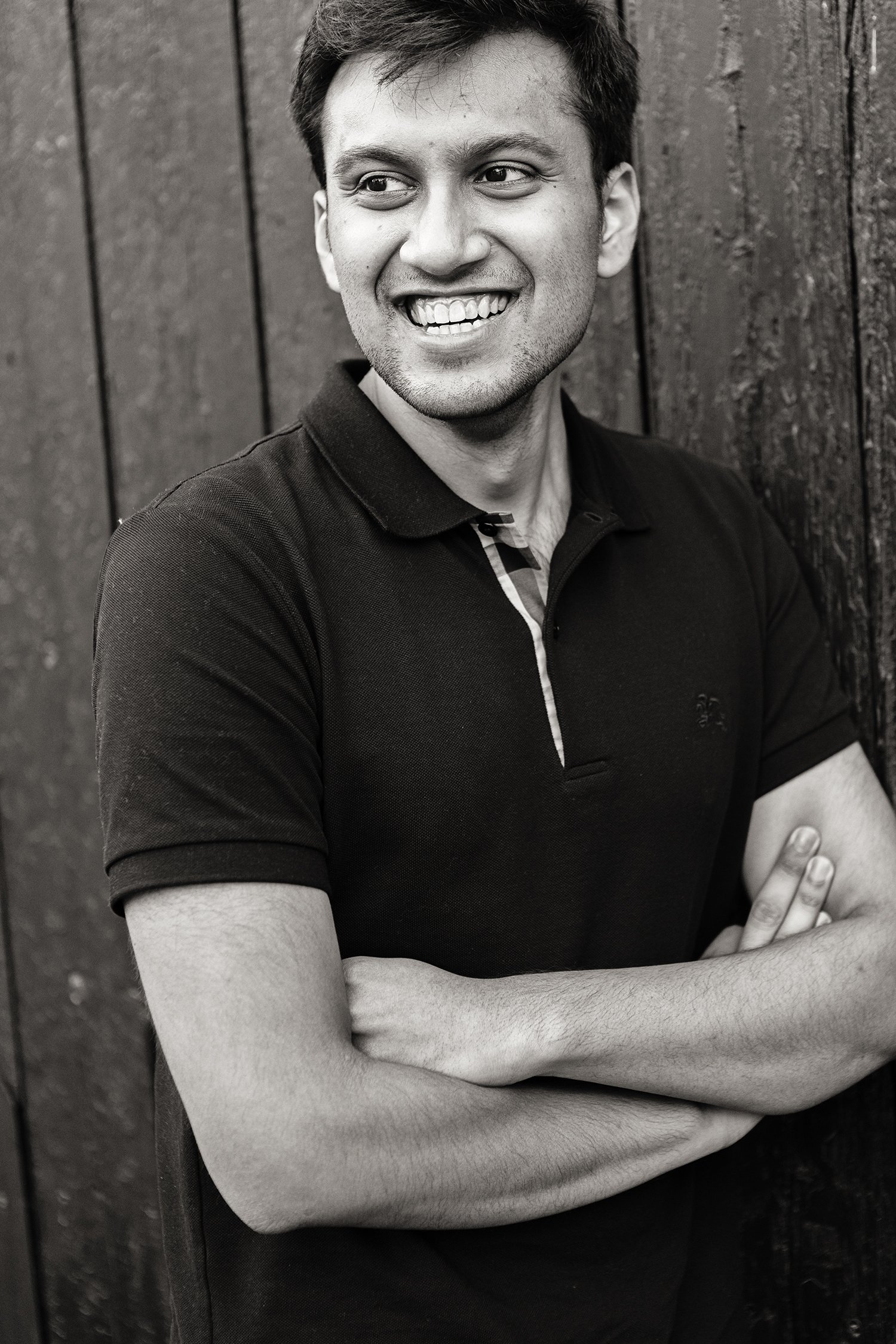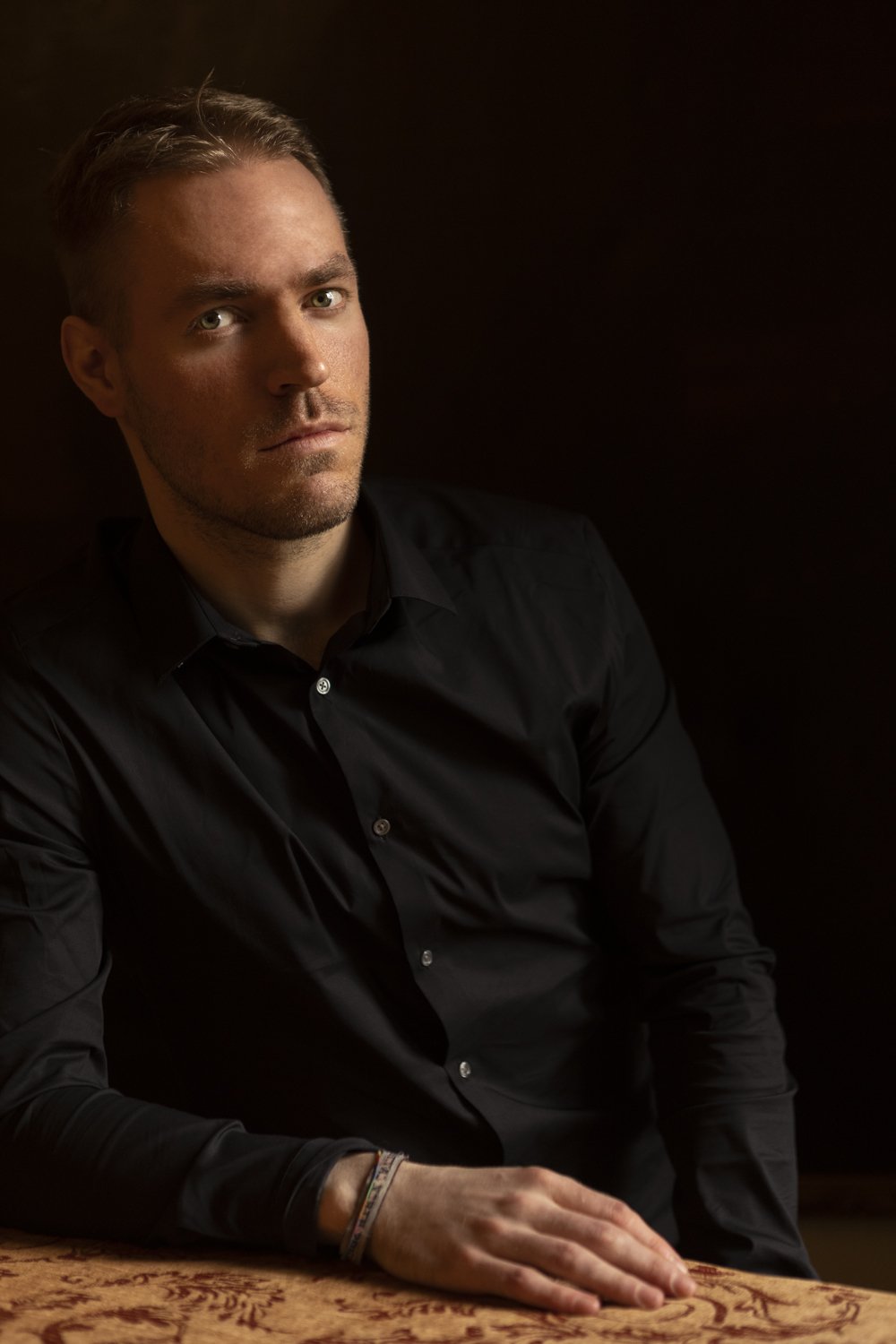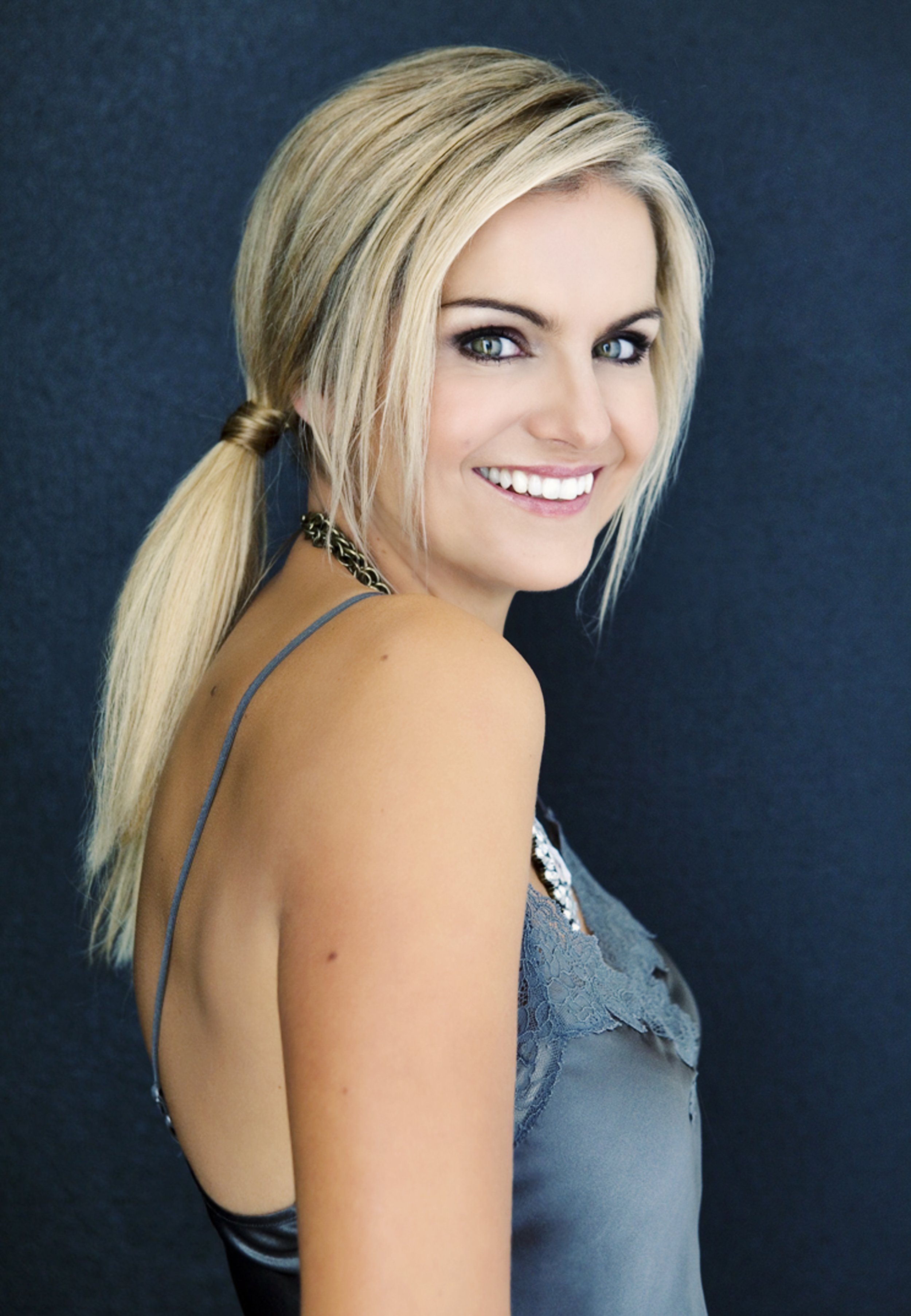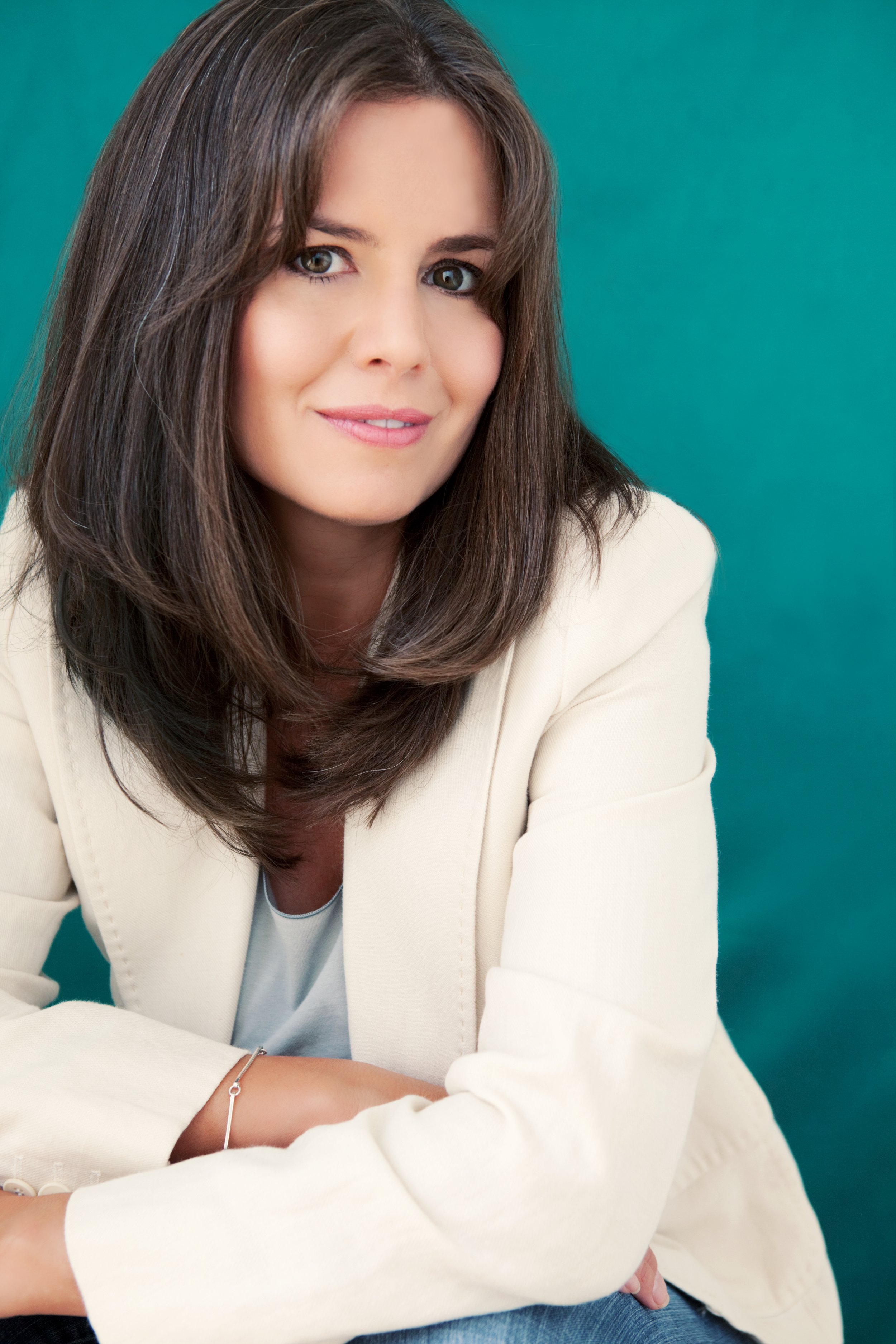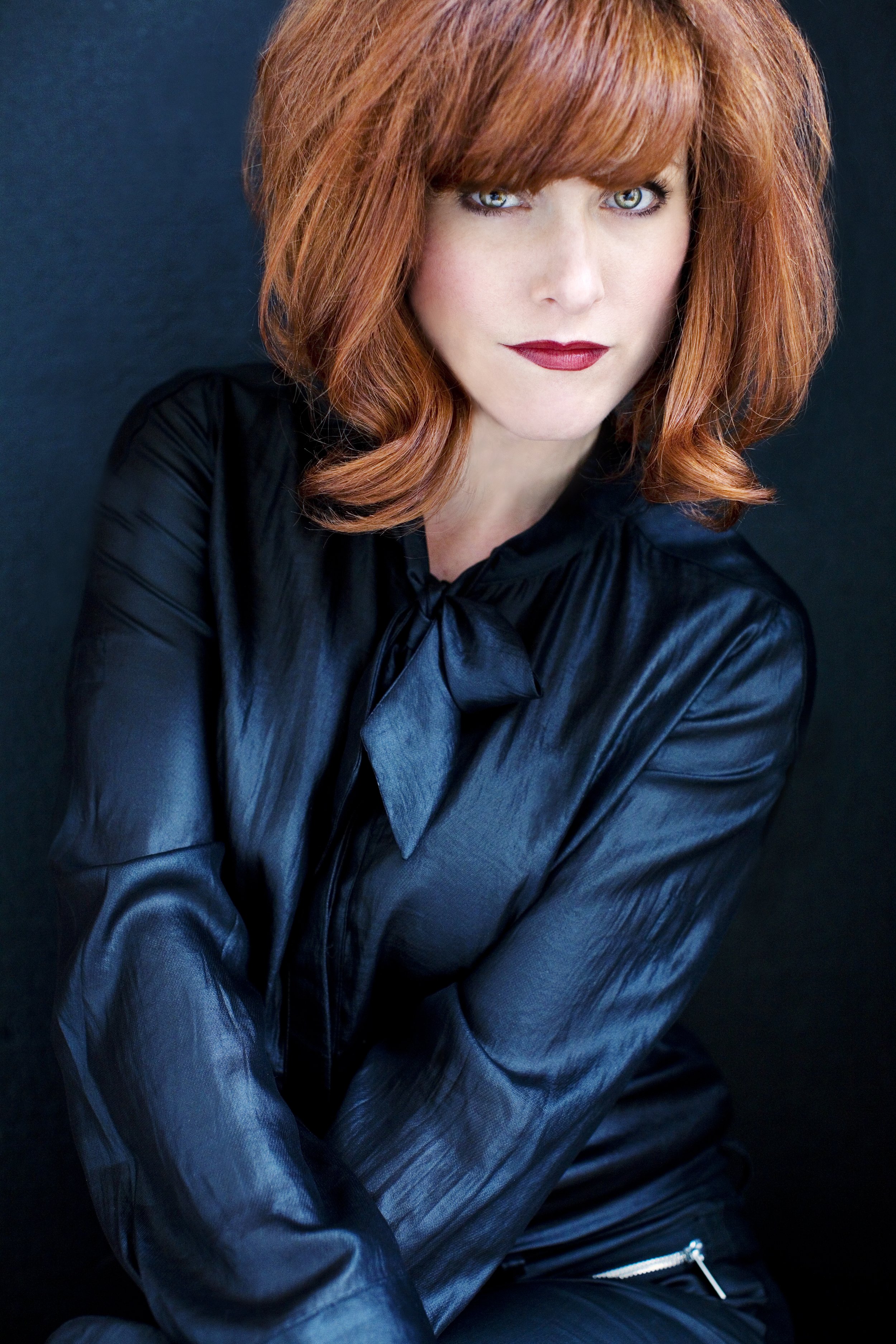The Art of the Author Headshot
All Images by Julia Boggio, except the one of Julia Boggio (top left) which is by Magdalena Sienicka
There comes a time in every author’s life when a headshot is needed. Something that shows the world who the person behind the words actually is. Many people, not just authors, find this a terrifying prospect. The thought of having their photo taken fills them with the kind of dread usually reserved for Japanese horror films.
The excuses for not getting a professional headshot are usually something like:
“I’m too fat.”
“I’m too old.”
“I’m too (fill in the blank).”
“A professional headshot would look too posed.”
“It’s too expensive.”
As a professional photographer who used to own one of London’s top portrait studios, I’ve heard all of these before. Now, since becoming the blog coordinator for the RNA one year ago, I’ve seen a lot of headshots pass through my email box. Some are professionally shot, but many have clearly been taken on a phone with no thought for posing, outfit, or lighting.
I’m here to tell you why and how to get a headshot that represents you and your brand.
Why is a headshot important?
Writing is your business and books are your product. I know some people don’t like to think about what they do as writers in such stark terms, but these are the facts. As a writer, you are the best representative of your brand.
Many people make the mistake of thinking that a brand is a font and a logo, but those are just elements of your brand. A brand is actually what people say about you and how they talk about your books. A brand is a feeling. A good example of this would be Tesla. When thinking about Tesla, you probably think environmental, fun, stylish—and mixed in there may also be your feelings about Elon Musk, love him or hate him.
A headshot gives the reader an immediate impression of you. A well-taken shot gives readers the feeling that they are in safe hands, someone who takes their career seriously, and knows what they are doing. In contrast, a photo that looks hastily taken can be detrimental to your brand. It says, “I don’t care” or “I don’t feel confident in myself.”
At this point, I know that about half of the people reading this are getting angry with me and I’m sorry to be the bearer of bad news. But not saying this isn’t doing any of you any favours. My goal is to see all members of the RNA with fantastic professional headshots.
On Twitter, I often see feeds of writers posting their new headshots that their friend took for them on their phone. The biggest problems are:
-Bad posing, which can make you look bigger than you actually are
-Bad lighting, which does the above plus can emphasise parts of your face in an unflattering way (i.e. dark sockets, lack of jawline, bad skin
-No thought put into clothing choice
-Cluttered background
-Colour tone issues (i.e. too cold or too warm)
These are all problems that hiring a professional would solve.
“My ankles look fat”
I remember when I had my studio, I was showing a woman some beautiful pictures I had taken of her in a pin-up style, and she scrunched up her face and said, “My ankles look fat.” She was beautiful. Most women would kill to look like her, but all she could see were her imaginary fat ankles.
For me, it’s my neck. When I read Nora Ephron’s book, I Feel Bad About My Neck, I felt so seen. I swear to God, I went to bed one night and, in the morning, woke up with crepey skin. It was that fast. Whenever I look at photos of myself, it’s the first thing my eyes go to.
I often think about Jennifer Grey and her nose. She starred in Dirty Dancing and people loved her. Her look was her brand: the slightly gawky, girl next door, with a marginally big nose and great curls. And then she went and got a nose job. Suddenly, she didn’t match the picture of her that people had—her brand—and the jobs dried up. All this because the poor woman grew up hating her nose and thinking that life would be great if she could just fix it.
At some point, we all need to accept that we are beautiful just as we are and stop fearing being capture by a lens. Besides, that’s what Photoshop is for.
A photographer for everybody
There are literally thousands of photographers in this country. Like finding the love of your life, I guarantee you that there will be at least one that will take photos of you that fit with your brand goals and budget.
Want something natural? Then find a photographer who specialises in gently posed shots in natural light.
Want to look like the best version of yourself? Then go to a photographer that specialises in transformations.
Is cost an issue? There is a photographer out there for every budget. If there is one thing I learned in my years as a professional, it’s that most photographers don’t charge what they are worth.
Today, headshots are often referred to as Personal Branding Photography, so this is what you should search for when you have a gander on the Internet. A personal branding session will usually include an array of images that you can use throughout the year and on different media.
When I had my headshots done, I didn’t want to look like I’ve just been shopping at Sainsburys. I wanted them to be slick and to reflect my brand. I write about wedding photographers, so, for my headshots, I made the conscious decision to wear white. I brought my own wardrobe with me, but some photographers will have pieces in their studio that you can wear.
What to discuss when talking to your photographer
It’s important that you and your photographer are on the same page. The first thing to do is look through the website and make sure that the photographer offers the style of photo you are looking for. For example, if she only has examples of natural light photos on her site and you want a studio look, then this is not the photographer for you. Some studio photographers will offer both, but natural light photographers will generally only do natural because it’s a very different skill.
Discuss price and make sure you know exactly what is included in your package. Will they be retouched or is that extra? You will want your images digitally, so find out how many are included and what it will cost to buy extra—because you mostly likely will want to buy extra. You can ask if you can get a discount for pre-buying more photos before the shoot. Don’t forget that you might want additional photos for social media purposes, so one is not the magic number.
What about clothes? What should you wear? Generally, I coached clients to avoid patterns. Your photographer will be able to guide you and may even want to do a Zoom call with you and your wardrobe.
Where will the shoot take place and how long will it last? How many “looks” will you get to do (i.e. outfit changes)? Does the shoot include hair and make-up or is that extra? Personally, I always would recommend having your hair and make-up done professionally. A good MUA will be able to do a natural look or a more glam look, depending on your requirements. And it’s amazing what a pair of false eyelashes can do to your peepers.
If you have any other questions, please feel free to tweet me at @juliaboggio and I’ll do my best to answer them.
My Little Black Book (UK)
I thought it would be helpful to do some of the legwork for you. These are some photographers around the country whose work I admire. A good photographer is worth travelling for. Please note that, if you choose to use one of these recommendations, you do so at your own risk.
Magdalena Sienicka (using mostly natural light. Transformations. Did my head shots. Studio based in Kettering).
Veruschka Baudo Portraits (natural or studio and will do transformations. London)
Marte Lundby Rekaa (natural or studio, but not transformations. Reading)
Eddie Judd Photography (natural. Very experienced. London & Surrey)
Vicki Knight Photography (natural. Very experienced. London & Surrey)
Lenka Jones Photogaphy (studio transformations. Maidenhead)
Gary Hill (studio. Located in Preston)
Angela Adams (Studio or natural light. Norfolk based)
Rosie Parsons (Studio or natural. Exeter based)
Ross Grieves (Experienced and awarded portrait photographer. Wales)

